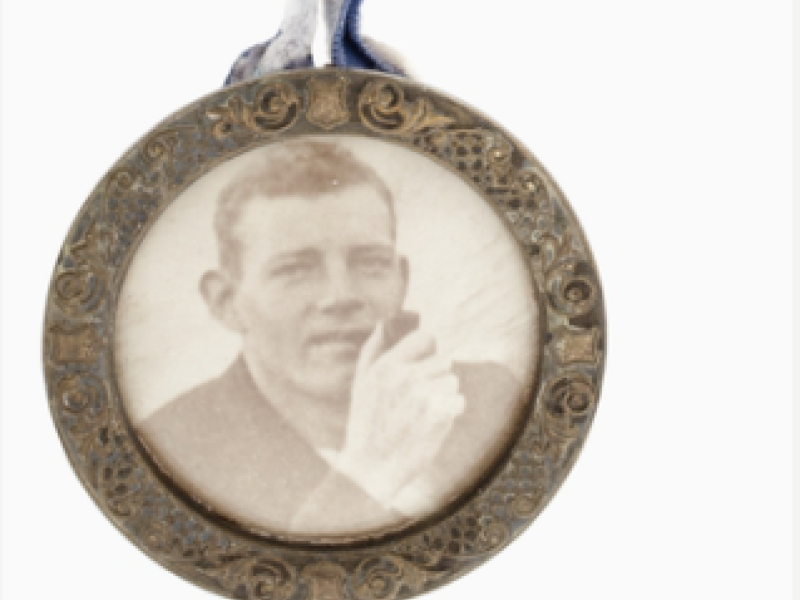Private Thomas Anderson Whyte, 10th Battalion, AIF
On the 24th of April 1915, Private Thomas Anderson Whyte wrote a letter he hoped would never be sent.
Aboard a transport ship just hours before the Gallipoli landings, the 29-year-old penned a heart-felt letter to his fiancée, Eileen Wallace Champion, to be sent in the event of his death.
“My Dear Sweetheart,
I thought of writing this in case I went under suddenly.
You will know that my thoughts will have been of you right until the end. Of this I feel absolutely certain.
I have endeavoured to make you as happy as I could … and to make you happy would have been my sole ambition.
Goodbye my love, may you get all the happiness you deserve, that will be my last wish.”
Whyte was shot the following morning as he rowed ashore during the first wave of the Gallipoli landings. Eileen cherished the letter for the rest of her life and it was donated to the Australian War Memorial by her children almost 100 years after it was written.
Thomas Anderson Whyte was born in Unley, South Australia, and educated at St Peter’s College in Adelaide. He developed a passion for rowing and lacrosse, and was known as “a good sport and kind-hearted man”.
Whyte enlisted in the Australian Imperial Force on 19 August 1914, with a group of mates from the Adelaide Rowing Club. They joined the 10th Battalion, one of the first infantry units raised for the war.
Whyte left Australia in October, corresponding at length with Eileen about the voyage to Egypt and his training at Mena Camp.
The 10th Battalion was among the first Australian units to land on Gallipoli in the early hours of 25 April 1915. Whyte’s friend Arthur Blackburn, who would receive the Victoria Cross the following year, wrote about Whyte’s fate that day:
“The men off the transports had partly to be towed, and partly to be rowed ashore amidst a hail of shrapnel and bullets that was simply indescribable.
The most dangerous position of the lot was that of the men who were rowing, as they could take no shelter. They could not even crouch down in the boat, but were compelled to sit up and row. Tom immediately grasped the situation, and, as everyone knew he would, volunteered his services as a rower.
As the boat crept in towards the shore the fire became hotter and hotter. The men towing had a terrible time, but they stuck to it in a way which was absolutely magnificent. Just as the boat touched the shore Tom slipped over on to the bottom of the boat, and it was then discovered that he was badly hit.”
Whyte was buried at sea between Gallipoli and Alexandria. His final letter to Eileen was packed with his belongings and sent home to Australia.
Read more about Thomas Whyte https://www.awm.gov.au/articles/blog/thomas-whyte
Image: Framed photograph of Private Thomas Anderson Whyte, belonging to his fiancee Eileen Wallace Champion, c.1914
- Australian War Memorial https://www.awm.gov.au/articles/blog/thomas-whyte

 Australian War Memorial
Australian War Memorial